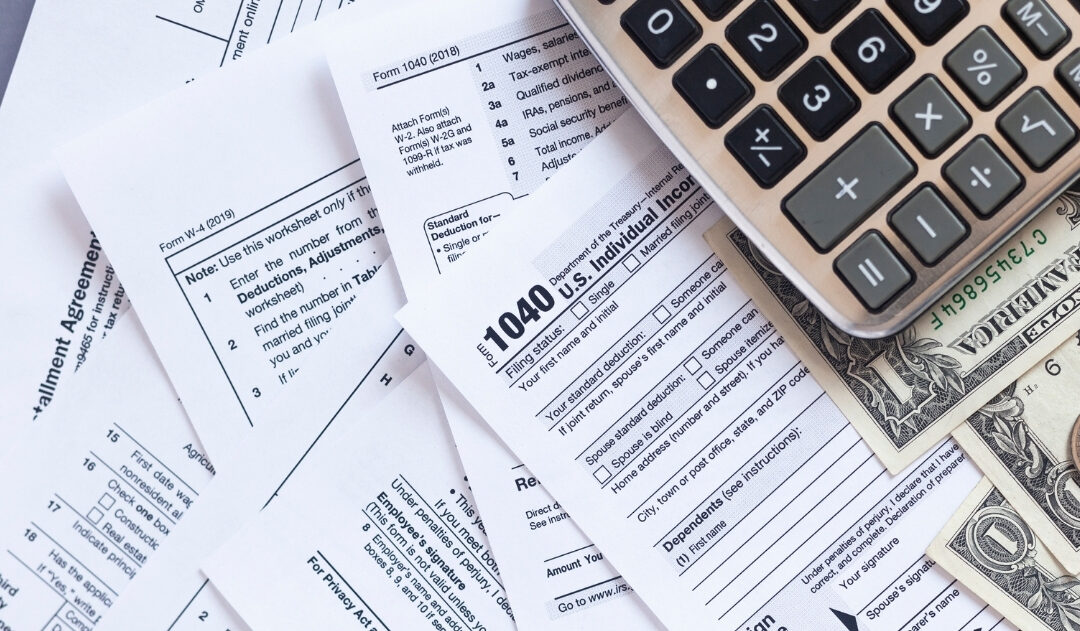A recent change in federal law means the insulation tax credit—worth up to $1,200—is ending sooner than expected. The last day to complete qualifying projects and still be eligible for the credit is December 31, 2025. That gives you a very limited window to complete insulation and air sealing upgrades and still claim your savings!
If you’ve been thinking about improving your home’s comfort and energy efficiency, the time to act is now.
A New Law Just Eliminated the Insulation Tax Credit Early
The Energy Efficient Home Improvement Credit (also known as the insulation tax credit) was originally set to run through 2032. But Congress just passed legislation cutting the program short. After December 31, 2025, this credit will no longer be available.
That means to qualify, your project must be completed—not just scheduled—before the end of 2025.
If your work is finished by the deadline, you’ll still be able to claim the credit when you file your 2025 taxes (likely in early 2026). But any upgrades completed after the cutoff will no longer be eligible.
A Limited Time Opportunity to Boost Comfort and Lower Energy Bills—For $1,200 Less!
Waiting could mean leaving up to $1,200 in savings on the table. That’s money that could help offset the cost of insulation and air sealing—upgrades that also:
- Lower your monthly energy bills
- Improve indoor comfort
- Enhance your home’s air quality
This is a dollar-for-dollar credit on your federal tax return. If you owe taxes, it directly reduces the amount you owe. But only if your insulation work is finished by year’s end.
How the Insulation Tax Credit Process Works (in 3 Simple Steps)
- Work with a contractor familiar with the insulation tax credit to ensure that you meet all of the qualifications and maximize your savings!
- When your home improvement work is finished, make sure your contractor provides you with an itemized invoice that includes all of the expenses eligible for the tax credit.
- When it’s time to file your taxes for the year in which your insulation and air sealing upgrades were made, give your invoice to your tax professional (if you are doing your taxes yourself, you can fill out Form 5695, but we always recommend leaving your taxes to professionals!).
Things the Insulation Tax Credit Does NOT Do
- You cannot use the tax credit to get a refund: If the amount of the tax credit you are eligible to take is more than the federal taxes you owe, you won’t be paid for the difference.
- You cannot roll any remaining balance to the next year: Similarly, you can’t save any remaining balance to apply to future years’ taxes.
- You can’t take the tax credit on non-eligible expenses: Labor costs for installing insulation and air sealing are not eligible for the Energy Efficient Home Improvement Credit. But that doesn’t mean that there isn’t plenty of savings to be had! Cameron Home Insulation can help you navigate the tax credit and maximize the credit you’re eligible for.
Maximize Your Savings with Confidence
We’re experts in insulation and air sealing and know exactly what’s needed to qualify for the insulation tax credit. The clock is ticking, but our team is ready to:
- Recommend qualifying insulation solutions
- Provide a detailed, itemized invoice for tax purposes
- Help you explore other available incentives and rebates in our area
This isn’t just about improving your home. It’s about taking advantage of a valuable incentive before it disappears for good.

